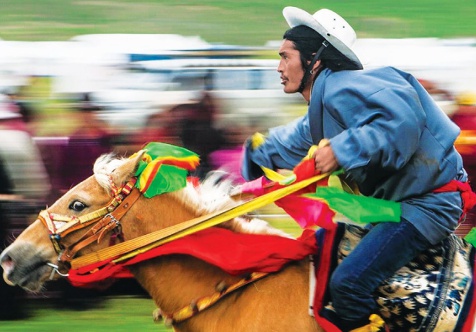In collaboration with High Life: Living the Good Life, VOICE OF ASIA is proud to present timeless articles from the archives, reproduced digitally for your reading pleasure. Originally published in HIGH Life in 2014, we present this story on the history of the horse and what the animal represents in China for the Year of the Horse.
The Chinese have a saying – “Long ma jing shen” – a phrase describing the vigorous spirit of the horse and the dragon, used also to give blessings to families and loved ones, and wishes for a new year full of vitality and energy.
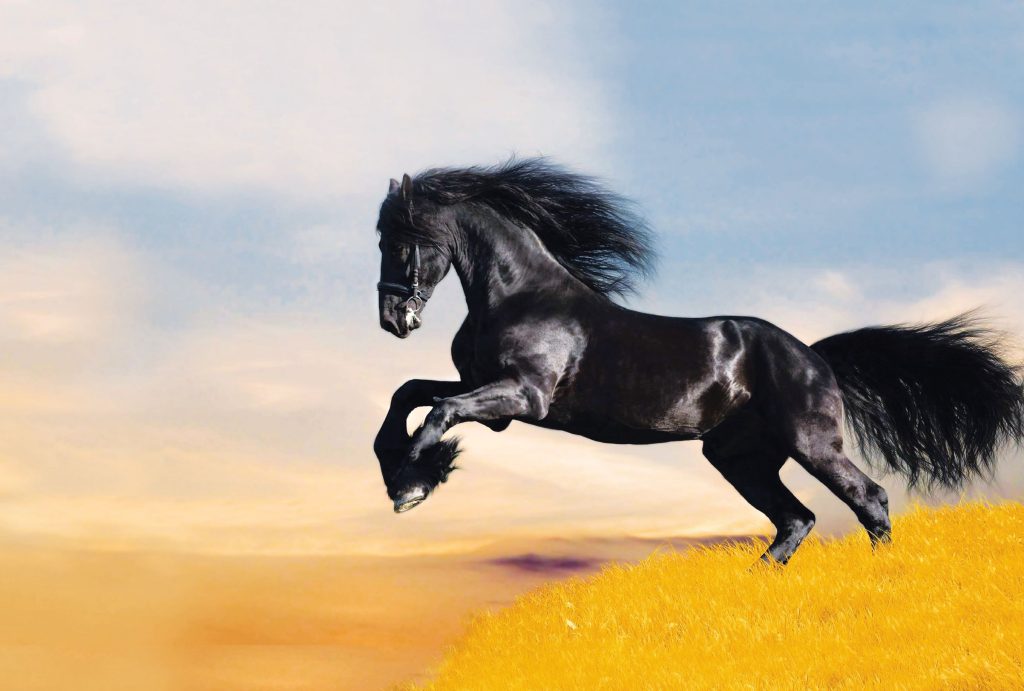
The age-old relationship that has made the horse one of China’s most revered and fascinating animal partners continues even today, as horses play a particularly significant role in China’s long and storied past. As we welcome the coming Chinese New Year, HIGH Life takes a look at how the horse has influenced China’s vast and diverse culture throughout the years, becoming one of the 12 chosen animals that represent the Chinese calendar.
Military Might
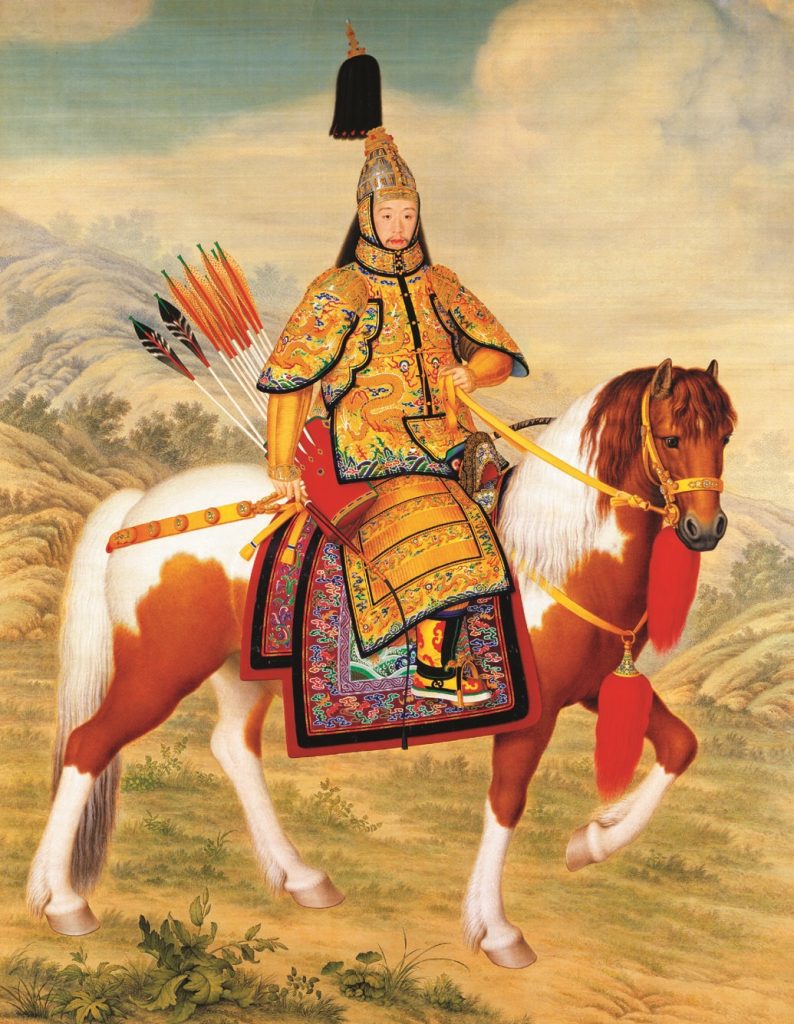
China has had a very long history of horsemanship, and the earliest appearance of horses in Chinese history was in the context of war, when equestrian prowess was relied upon to assert power. As early as the Shang Dynasty (1600 BC), the country developed a light cavalry using horses and chariots to an effective defensive advantage against repeated attempts at invasion and plunder from northern invaders. King Tang of Shang, for instance, had 70 chariots that he used to conquer You Hu during the Battle of Gan. Eventually, superior tactics, in addition to refined cavalry techniques that involved the use of a saddle for easy manoeuvring, and a bow and arrow as weapons, helped stop the destruction and pillage of China.
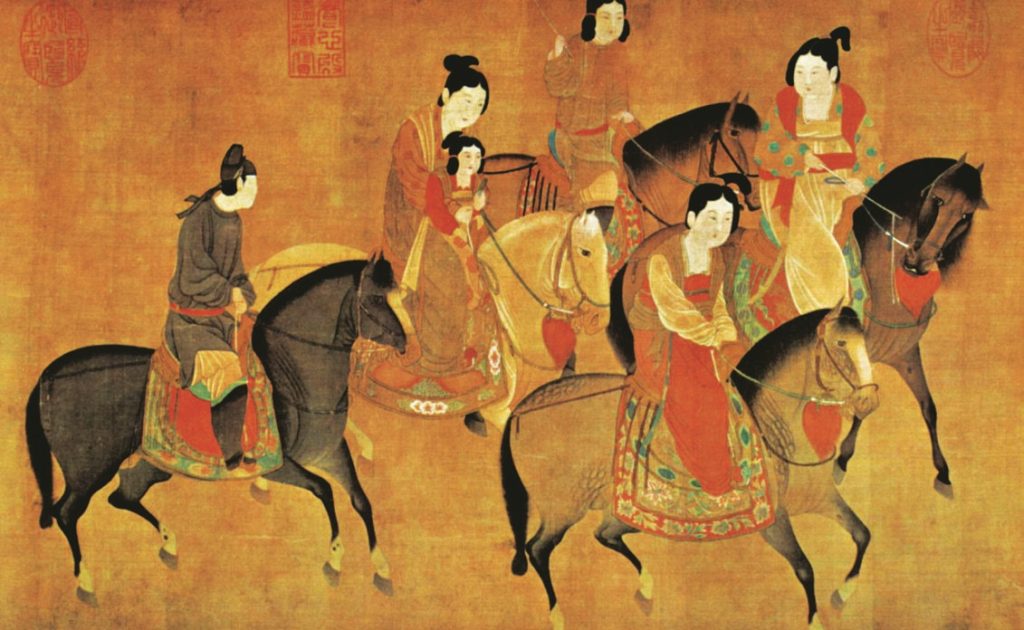
During times of peace, prominent ministers also used their steeds as a symbol of power and for ceremonial events, making grand entrances on beautifully adorned horses and chariots. These same horses were buried with their noble masters, to keep them company in the afterlife.
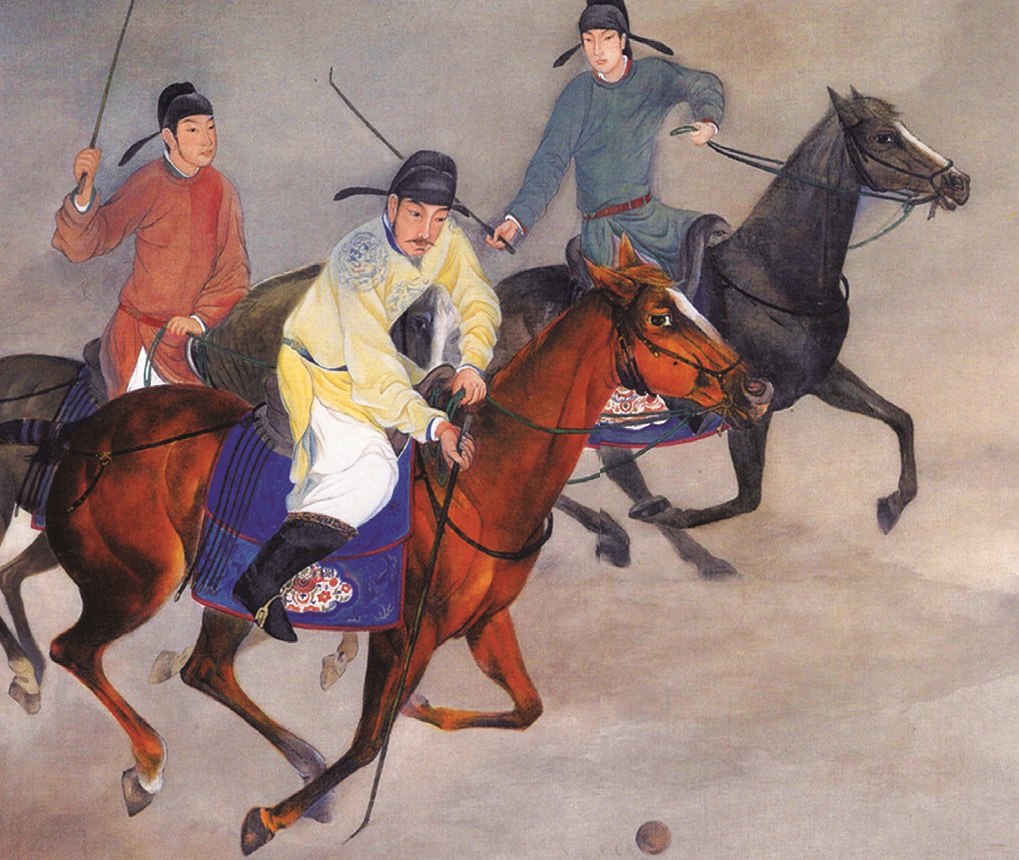
Harnessing the Horse
From around 300 BC, the vast majority of horses in China were Mongolian, a small, hardy breed that was fairly easy to raise in natural pasture, and could survive harsh winters. However, as trade expanded between the Middle Kingdom and the west, the Chinese were introduced to other uses for horses and a variety of new breeds, including Persian stallions. A search was initiated to find superior horses, and breeds from Turkestan (now Kazakhstan), predecessors of the now-common northwestern Kazakh horse, arrived in China in the hundreds of thousands.
The Hequ horse, originating from the Sichuan province near the Yellow River, was also a common variety. They had the largest physique among local horse varieties, with long heads, thick necks, and wide chests, and were docile and quick to recover from fatigue, making them an ideal choice for farming work.
Later, during the Han Dynasty (200 BC) when horse-drawn vehicles became prominent, the Chinese developed a more efficient harnessing system – the breaststrap – that did not restrict the horse’s ability to breathe, thereby increasing its power. As a result, heavy Chinese vehicles carrying up to six people could be pulled by a single horse, whereas in other parts of the world, four horses were needed. This system is ranked, along with the inventions of paper and gunpowder, as one of the most significant examples of Chinese genius that have impacted world history.
Arts and Culture
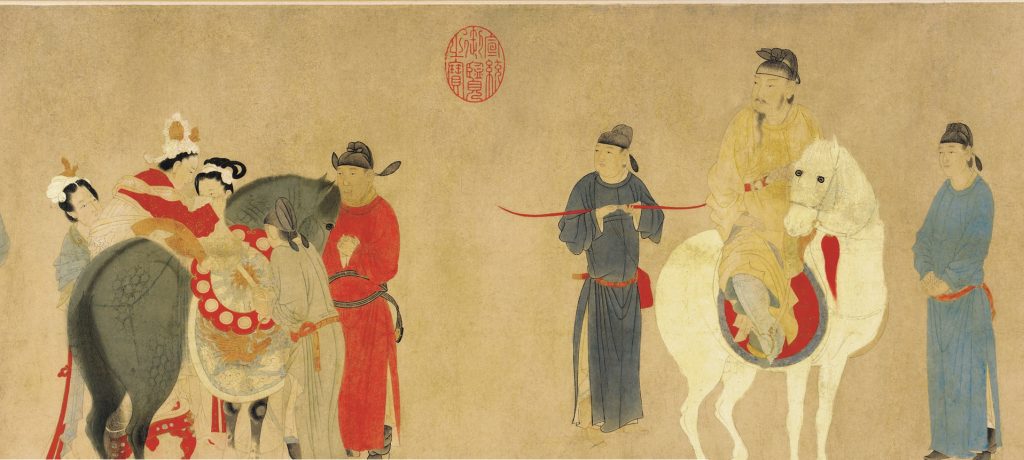
Not only restricted to military significance, the horse also played a part in leisure and recreational activities. As such, depictions of the horse’s role in Chinese history dominated much of the animal’s presence in Chinese art, leaving no doubt of their integral part in the culture for thousands of years. Delighting emperors in court ceremonies with elaborate performances were “dancing” dressage horses, a scene that provided the theme for many paintings and art from the Han Period to the late Tang Dynasty.
Hunting and polo also rose to popularity around 600 BC, and many Tang bronze mirrors and ceramic sculptures were inspired by elegant female polo players and riders in full gallop. Beautiful bronze statues of spotted horses that were bred in the early centuries AD have been unearthed, and Han poems waxed lyrical about Turkish and Russian breeds as ‘heavenly horses’, as it was believed they would “carry their owners to heaven”. Several attested paintings from different eras and dynasties also depict the enduring relationship between the Chinese and their revered horses.
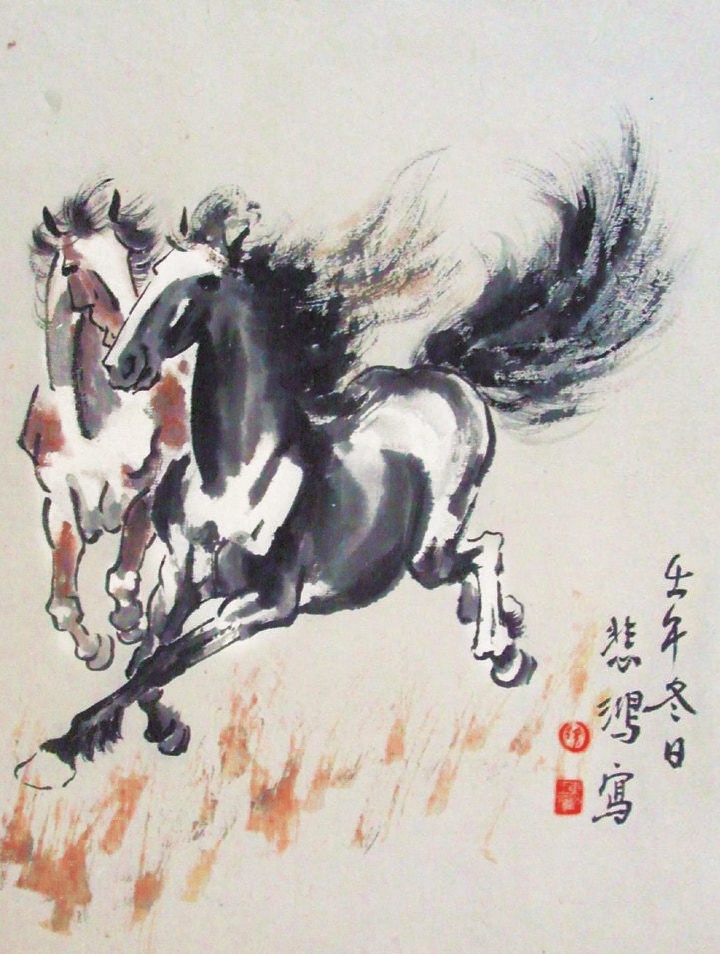
The Legends
In literature, some of the most popular stories surround the Longma, a mythological creature that is a cross between a dragon (“long”) and a horse (“ma”), said to be a symbol of balance, capable of flight and of carrying their riders to the “home of the immortals”. Longma also acted as a messenger to the gods, travelling between heaven and earth. In 11th century stories, it is described as having the body of a horse with blue and red scales of a dragon. One of its many fabled powers was the ability to walk on water.
There is also a centuries-old Chinese legend about a mysterious blood-sweating horse said to have roamed Central Asia. Believed to be the mount of Genghis Khan, the horse is known for its speed, endurance and blood-like perspiration as it gallops. Its legend as the image of national vitality and a symbol of power and success in warfare prevailed in China for at least 10 centuries. This horse is today identified as the purebred Akhal-Teke, one of the world’s oldest and most unique breeds. It was later discovered that the red sweat was a rare disease caused by parasites found on individual horses, and not particular to any specific breed.
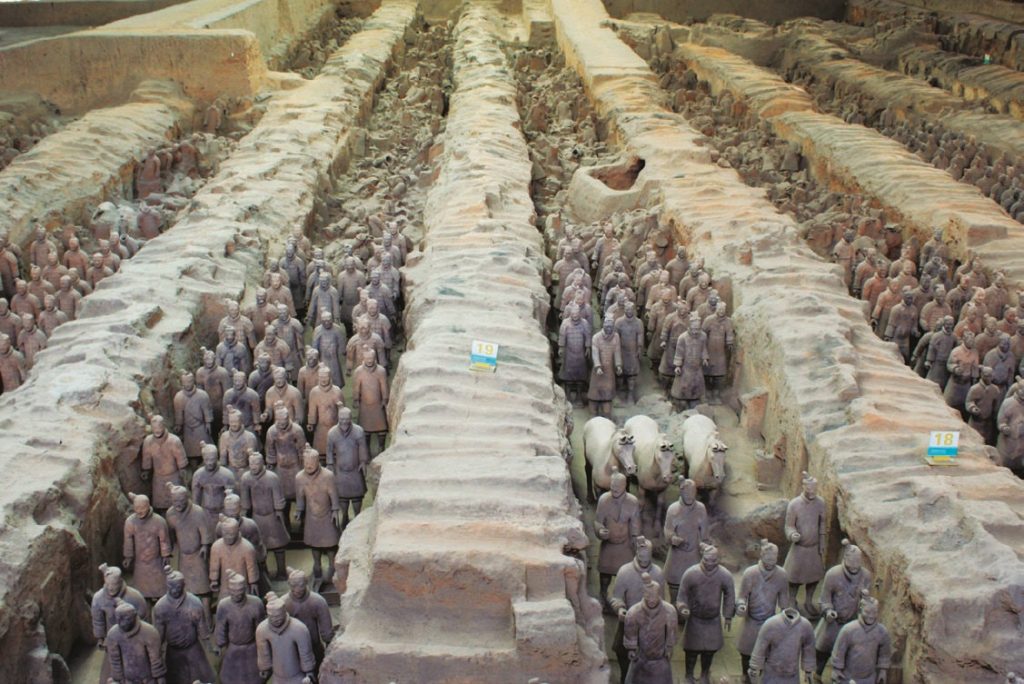
A Constant Companion
In modern-day China, horses continue to be indispensable on farms, and ponies are especially prized when they have the speed and agility to win local or regional tournaments, like polo and hunting from horseback. Chinese horse breeding has also become serious business, as the country participates – and is increasingly competitive – in prestigious, international equestrian events, particularly the Olympics.
Festivals are even held to honour the magnificent creatures, a good example of which is the annual summer Litang Horse Festival, held during the first week of August in Litang County, Sichuan province. Nomads, tourists and citizens from all over the country come together on a grassy plain to trade, celebrate and ride during the week-long event, where horsemanship contests and horse races are also held. Wearing colourful traditional outfits with jewels and ornaments, the festival participants also take part in folk dancing, performance arts and folk costume displays.
The horse is entwined with Chinese history, an animal whose presence can be traced throughout the nation’s proud heritage, and whose spirit still runs deeply throughout the country’s art and culture. In China, the mighty horse is celebrated – in every sense of the word.


